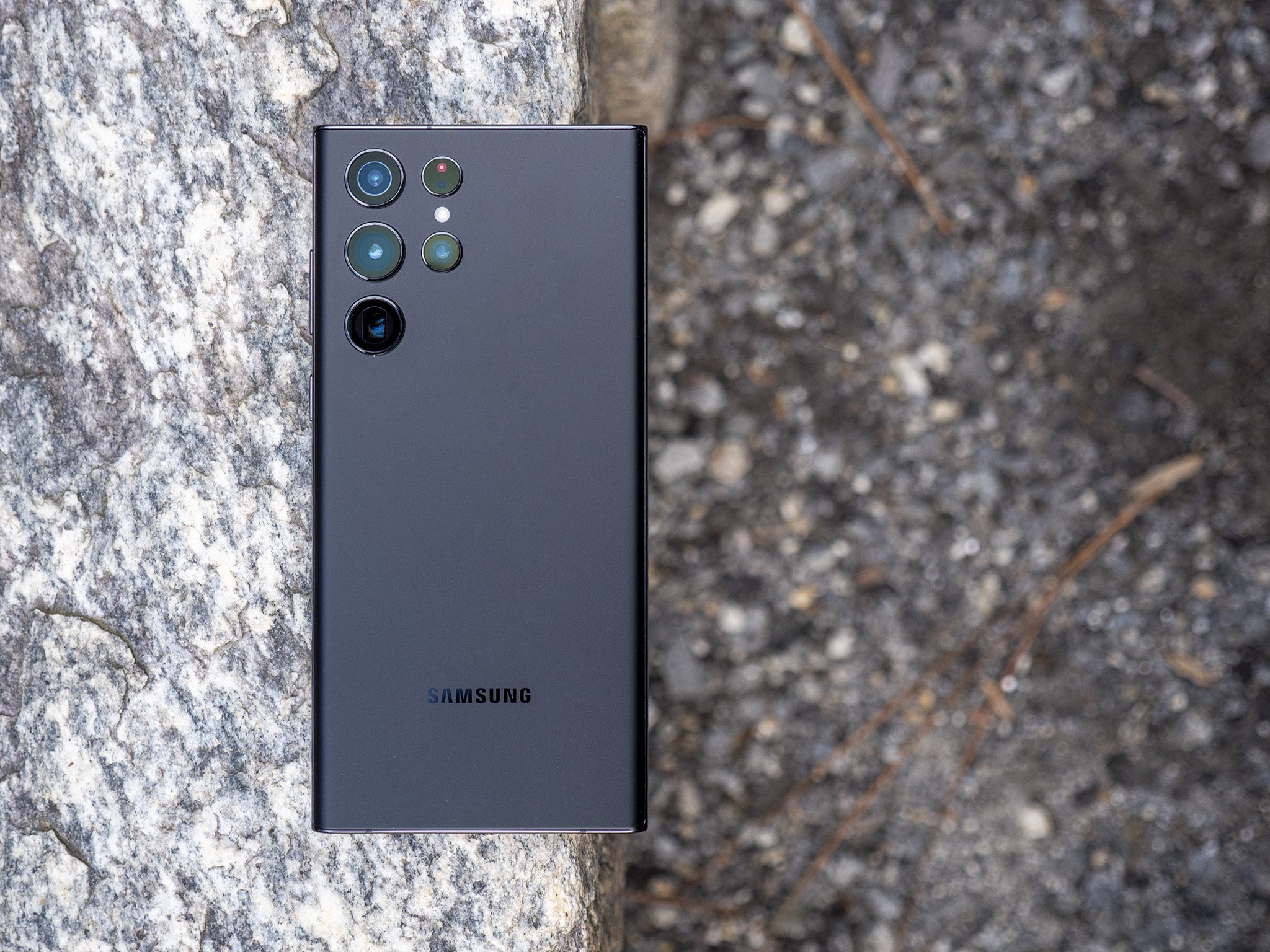The transition from 5nm to 4nm is not as pronounced as it was in previous years.

The semiconductor industry has maintained a frantic pace over the past five years. The first 5nm chipsets came out in the form of the Snapdragon 835 in 2017, and by 2022 we see 4nm chips like the Galaxy S22 go mainstream; Qualcomm has the Snapdragon 8 Gen 1, Samsung is launching the Exynos 2200, and MediaTek’s Dimensity 9000 is A strong contender for this year’s Best Mobile SoC.
Each node shift brings greater efficiency and performance, which was evident in last year’s 5nm Snapdragon 888. The transition from the 7nm node to the 5nm node has brought a huge boost in performance figures, along with a much-needed boost in efficiency figures, which makes this a good thing given the increased power demands of 5G antennas on 4G antennas.
Sravan Kundojjala, Technical Director of Mobile Components at Strategy Analytics, pointed out that while the 5nm node is evolutionary, current 4nm designs are not that beneficial. This is because the node follows the same broad design guidelines as the 5nm option, so performance gains are limited to a maximum of 5%.
“The 4nm node or N4 (TSMC’s brand of node) is an intermediate node that only offers incremental performance gains,” Kundojjala said. “TSMC’s N4 process can provide up to 5% performance improvement compared to the N5 node. The node maintains compatibility with N5 in design rules and offers 6% increase in performance, power and density (transistor count) compared to N5 ) slightly improved.”
The current 4nm node doesn’t bring huge gains over 5nm, but that will change next year.
One of the main reasons for this has to do with yield. As the global chip shortage continues through 2022, foundries such as TSMC are focusing on delivering yields similar to previous years rather than making wholesale changes that could impact mass production. As a result, TSMC’s upgraded 4nm node (N4P) won’t appear until the second half of 2022, Kundojjala said. “N4 offers similar yield performance compared to N5. TSMC’s N4P, which will debut in 2H2022, will deliver a 6% performance improvement over the current N4 node.”
But that’s not necessarily a bad thing. After using the Snapdragon 8 Gen 1-powered phone for a few days, I can confidently say that performance isn’t an area it lacks. While Qualcomm’s latest chipset doesn’t offer the exact same benefits we’re used to, it can handle whatever you throw at it with leeway.

The bigger story this year has to do with increased competition in the premium mobile SoC category. Qualcomm has been unchallenged for much of the past decade — at least on Android — but this year, MediaTek and Samsung are fielding strong contenders. Qualcomm still has a huge lead thanks to its undisputed dominance in 5G modem technology, but Kundojjala said the Dimensity 9000 has the potential to win key design awards this year, giving it valuable market share in the field.
“The Snapdragon 8 Gen 1 and Dimensity 9000 are neck and neck in terms of specs – both 4nm chips feature a Cortex X2 CPU and Release 16 modem. However, Qualcomm has the edge in mmWave support, while MediaTek leads with LPDDR5x memory support.
“In addition to technical specifications, Qualcomm has a huge lead in customer relations. Qualcomm wins more than 150 design awards for its Snapdragon 8 series chips every year. The optimization of MediaTek in terms of flagship SoC. I think MediaTek’s flagship SoC effort is a multi-year effort, and this year is a stepping stone for future releases. That said, MediaTek’s flagship SoC this year will have some success in China.”
A big area of focus for brands in 2022 is imaging technology – both in terms of hardware and software.
Samsung’s Exynos 2200 is also an interesting choice this year, as it’s the first chipset to feature AMD’s RDNA 2-based GPU. Samsung has struggled to keep up with Qualcomm in the past, and that’s one of the drivers behind overhauling its chipset design and partnering with AMD.
What does it mean if you’re interested in the Galaxy S22 or Tab S8 series? Well, the performance is slightly improved over the S21 series, but it won’t be noticeable in everyday use. Instead, when you take pictures, you’ll notice the difference. In general, imaging has been a key area of focus for manufacturers and chip suppliers. Qualcomm has introduced a ton of new features this year, and brands like Vivo, OPPO, and Google have turned to custom ISPs to make progress in this area.
This has become a “strategic area” of focus for smartphone makers, Kundojjala said, but it won’t be a sustainable trend. “Imaging has become a strategic area for manufacturers, and almost all smartphone OEMs are now developing ISPs. OEMs are trying to differentiate their phones from custom ISPs by providing a superior imaging experience. These investments will continue in the future, but I think discrete The ISP trend is unsustainable in the long run as Qualcomm, Apple, MediaTek and Samsung designs will start integrating better ISPs.”
So while the move to the 4nm node won’t make the Galaxy S22 or any Android phone of the year significantly faster or more efficient with the latest designs from Qualcomm and MediaTek, you’ll get tangible benefits from the cameras and on-device AI. In my book, it’s a more meaningful upgrade.

Leave a Reply